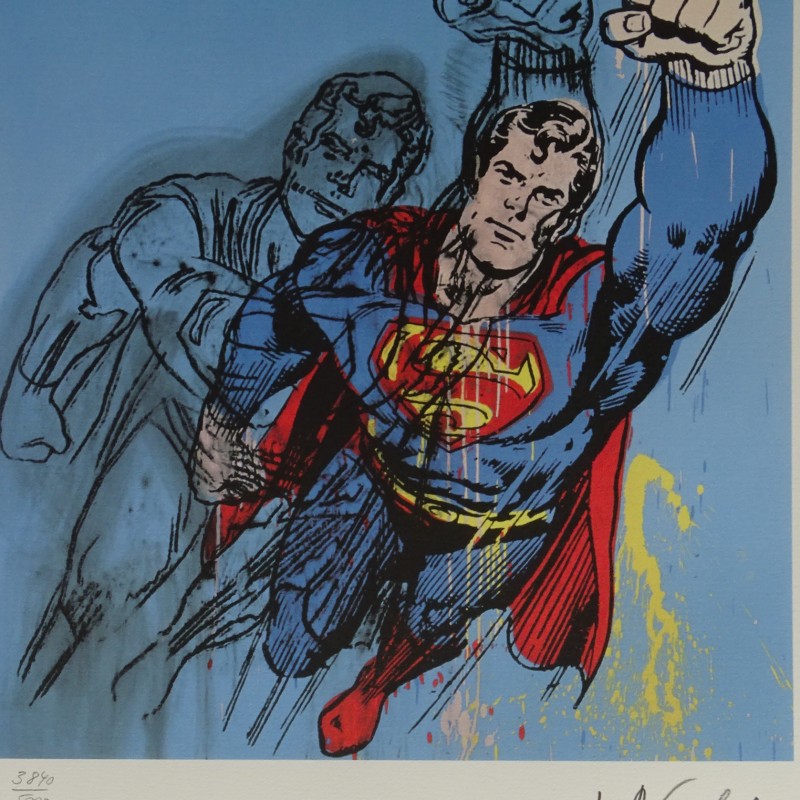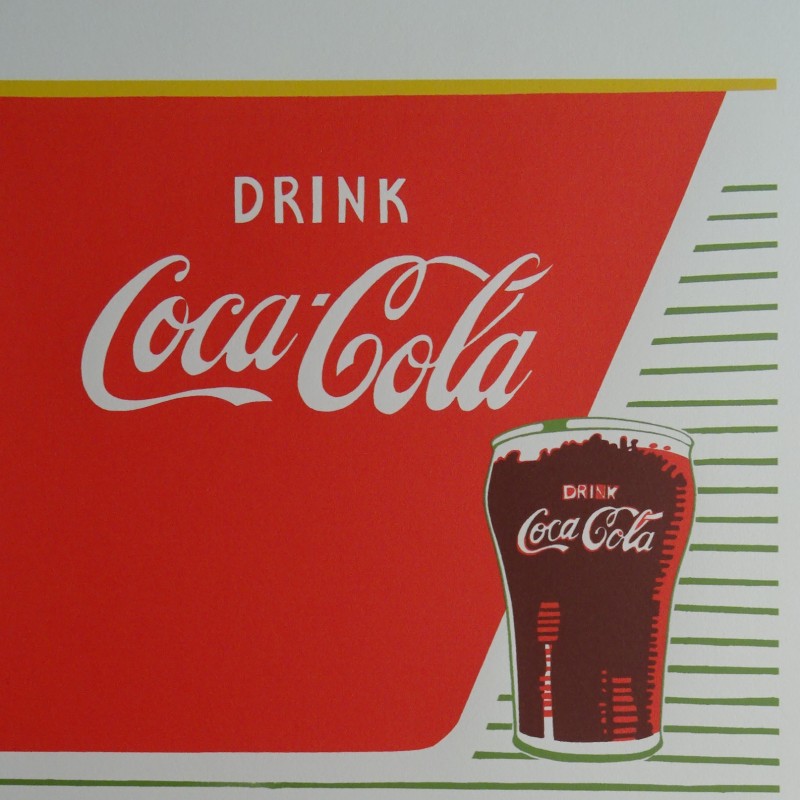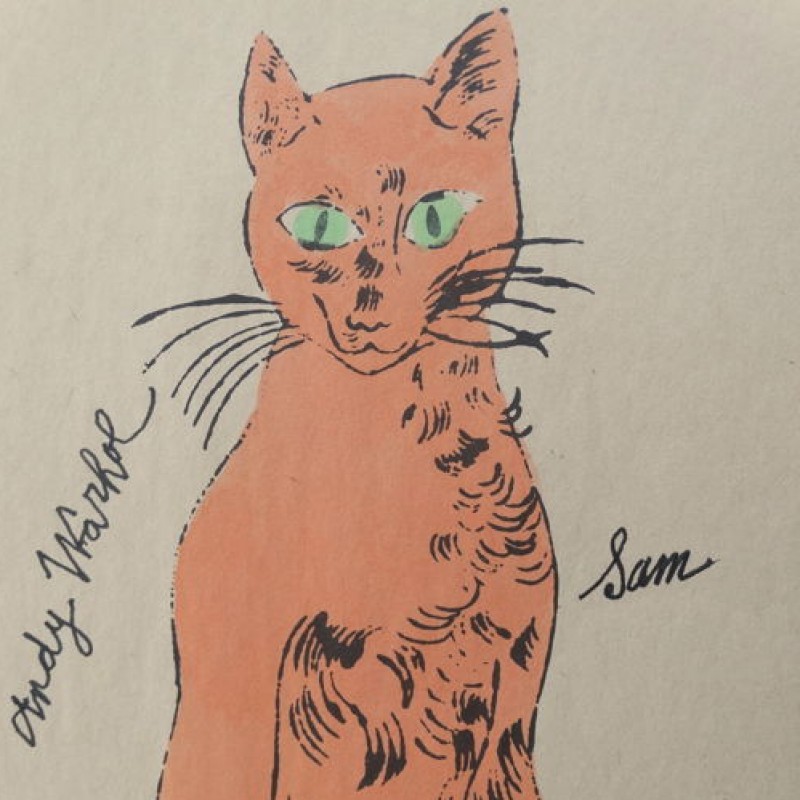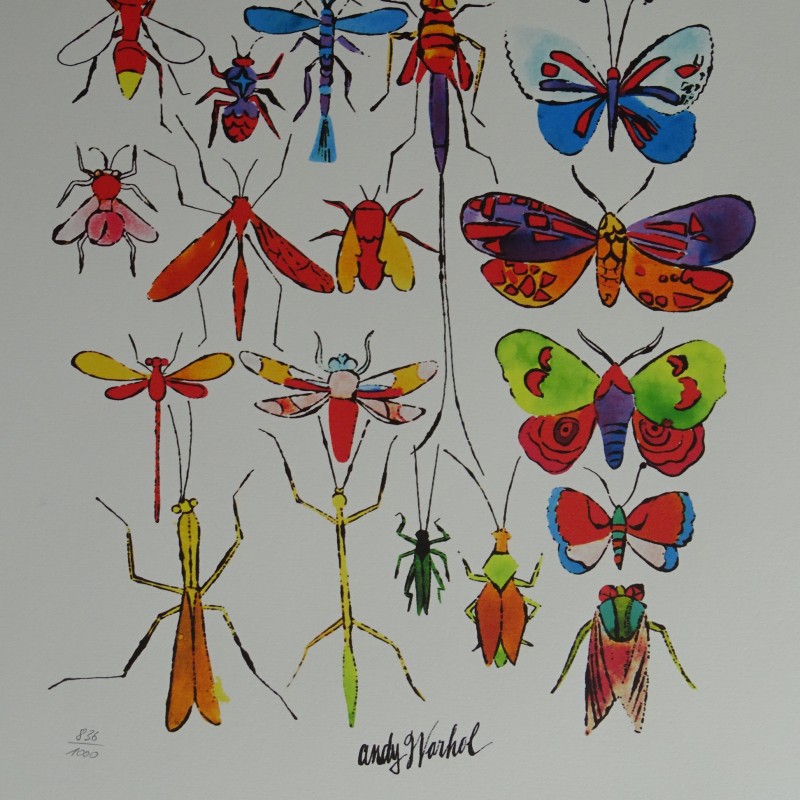Andy Warhol: The Multi-Faceted Essence of Pop Art
Andy Warhol, considered the father of Pop Art, was one of the most iconic and influential artists of the 1900s. The charismatic artist created brilliant works that revolutionized art and is still a source of inspiration for millions of artists around the world. He presented the myths and symbols of consumer society, pushing modern art beyond the limits and leaving true icons as a legacy in the history of the visual arts.
If you’re a Pop Art lover, you have the chance to win lithographs that Andy Warhol created in 1986 in collaboration with the Carnegie Museum of Art.
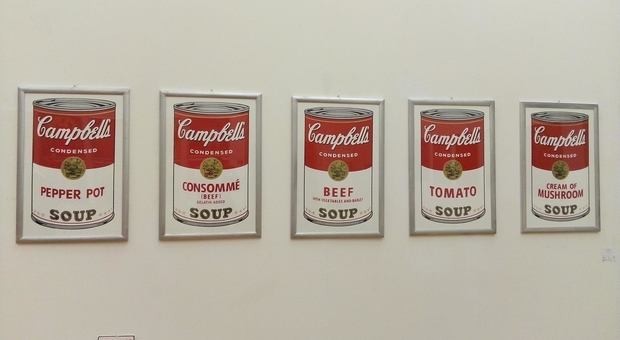
The American Dream and Warhol’s Early Works
After graduating in advertising graphics from the Carnegie Institute of Technology, Andy Warhol moved to New York in 1949 and began working in the world of advertising illustration. The 1950s marked the dawn of the economic boom and a new consumer society; the American Dream spread and the Big Apple became a playground where anything could happen.
This was when Warhol started getting noticed. During the day he worked as an advertiser and at night he’d spend time on his creative projects, resulting in his early works inspired by images of industrial consumption and iconic symbols of the American way of life. In 1957, the artist founded a company in his own name and began marketing his works.
The Sixties and Pop Art
In the 1960s, Warhol began to describe American society through the detached gaze of an outsider. Over this period he consolidated his artistic vision and began to produce works that were to go on to become true icons. His creations portrayed some of the leading products from the world of advertising, offering a glimpse of the true essence of America. One example is the hugely popular Coca-Cola and Campbell series.
Other famous pieces include the multicolored portraits of Marilyn Monroe, Elvis Presley, Marlon Brando and other well-known faces from the world of entertainment and politics. His works fully expressed the consumerist dream and shone a light on authentic popular culture common to all Americans. Warhol became the first Pop Art figure on the west coast. He never displayed moral detachment or critical judgment but instead fully identifying with the American lifestyle.
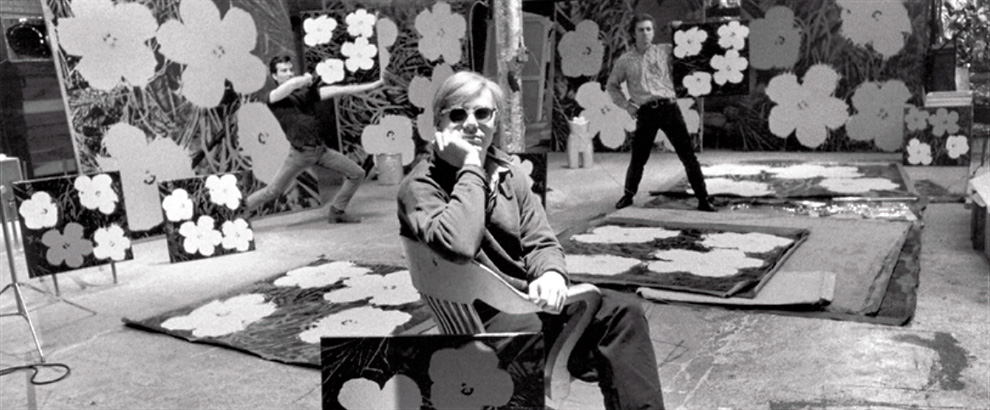
Warhol's Signature Style and The Factory
From the very beginning, Warhol took advertising as a source of inspiration for his creative projects. Series production and reproduction became the distinguishing features of his works, which he created using the screen printing technique. After producing some early screen printing creations by hand and then mechanically, Warhol moved on to photoserigraphy.
This repetition removed any trace of the artist, going beyond the concept of uniqueness of the artwork. The artist revolutionized the world of visual arts, setting his creations apart from traditional works of art. He didn’t consider his works as unique pieces, instead they were consumer goods and didn’t necessarily need to be traced back to artist who produced them.
This artistic vision led Warhol to set up a collective open-house workshop called The Factory that adopted a mechanical artistic process to produce works of art. A meeting place for international artists, actors and musicians, The Factory gave space for teamwork, resulting in the creation of multi-artist works of art.
Later Years
In the final years of his career, Warhol produced some truly original and powerful works. One example is the Skull series, dating back to 1976, in which the artist portrayed skulls as a reminder of the inevitability of death. He interpreted these popular images without giving them negative connotations, presenting them like cheerful supermarket products.
One very well-known series is Myths, which was created in 1981: it’s a portfolio of 10 prints depicting well-known subjects from the world of cinema, American history and culture. Among them are the irreverent screenprints of Superman and Mickey Mouse. Then, between 1985 and 1987, Warhol stripped traditional art of its mystical aura, creating large-format works of Da Vinci's The Last Supper in the Pop Art style.
Andy Warhol died in 1987. Interest in his art remains and his fame has continued to grow, making him one of the most popular artists in the world. Fans of the artist’s Pop Art mass media icons have the chance to win some lithographs by Warhol belonging to a limited edition of 5000 pieces. Each piece – originating from the collaboration with the Carnegie Museum of Art - is numbered and signed by hand. These are some truly precious works to add to your collection!

 Art
Art Collectibles
Collectibles Experiences
Experiences Football
Football Match Worn
Match Worn Music
Music Sports
Sports